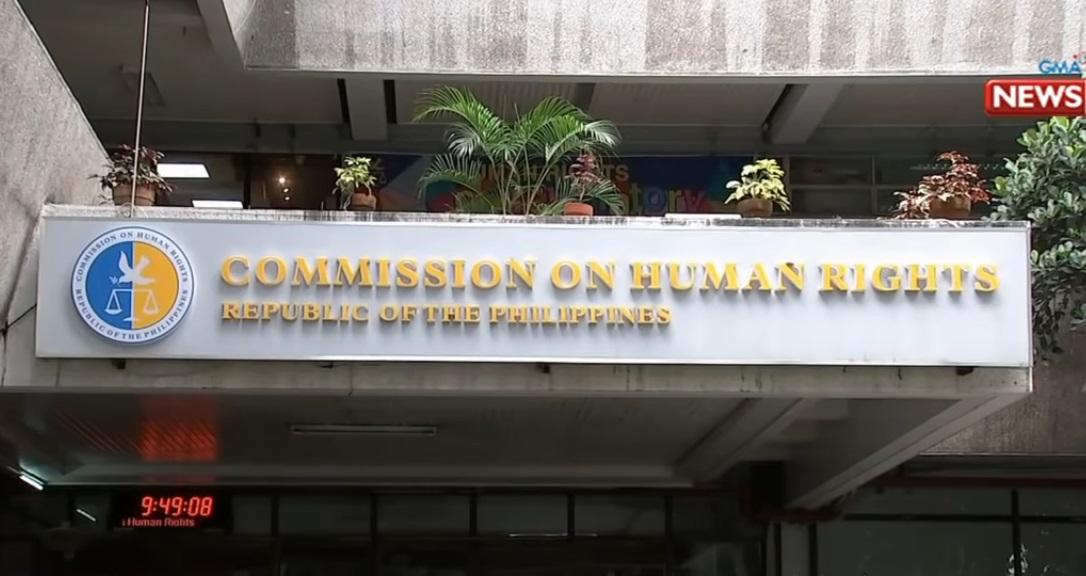
Only 11 survived out of the 466 individuals who allegedly resisted arrest or initiated aggression or the so-called “nanlaban” during police operations against drug suspects, the Commission on Human Rights (CHR) said in a report on Tuesday.
The CHR findings were based on the analysis of 579 incidents of killings and violence linked to the administration’s anti-drug campaign since it started in 2016 until February 2020.
The report covered the cases found in the National Capital Region, Region III and Region IV-A, which recorded the highest number of killings allegedly linked to illegal drugs.
“While killings span across administrative regions, these areas have registered the highest numbers of killings… At the same time, the status and content of the investigation records and reports available to CHR, as well as the recurring obstacles in accessing police records pertaining to cases in question, impacted the extent of the study,” the agency said.
The CHR welcomed the information table released by Department of Justice (DOJ) on the 52 cases currently under investigation.
“We hope that government uses this opportunity to finally bring cases to courts. With thousands of cases left to be scrutinized, we urge the government to do more in investigating deaths being linked to the so-called drug war. There is a clamor for justice waiting to be answered,” it said.
579 cases
According to the CHR, from the sample 579 cases, 870 were recorded as victims, at least 71 of whom are women, and at least 24 were minors. Four hundred fifty one (451) incidents of killings were allegedly attributed to police operations; 104 were said to be committed by unidentified perpetrators; while 24 incidents have no sufficient information as to the circumstances.
The 451 cases of killings allegedly linked to police operations involved 705 victims and, out of this number, the police claims 466 individuals initiated aggression or resisted arrest or the so-called nanlaban cases, CHR said.
“However, despite police protocols prescribing necessary and reasonable force in subduing resistance by an aggressor, only two (2) percent or 11 individuals survived the alleged nanlaban incidents,” it added.
The report also said that at least 87 victims had mostly multiple gunshot wounds on different parts of the body, “usually head, chest, trunk and abdomen. Blunt force and injury and lacerations wee also found on some of the victims.”
The CHR noted an earlier Supreme Court decision on the plea of the self-defense of law enforcement (Ocampo v. People of the Philippines), which ruled that “the location of a deceased aggressor’s gunshot wounds may suggest an intent to kill and not just to defend oneself.”
For investigation reports secured by CHR from the police, it was found that 77 out of 90 reports with complete results of internal investigation findings contained recommendations that police operatives involved in the said incidents are either to be awarded, rewarded, or recognized.
“Some reports, while no mention of commendation, upheld legitimacy of operations and, in few reports, recommended that participating operatives be absolved from criminal or administrative liability,” CHR said.
The agency also observed “patterns of discrepancies based on eyewitness accounts during drug operations by law enforcers.”
These include the alleged operations might have not actually been conducted; that alleged nanlaban victims could not have initiated a shootout; that some victims were said to be already under police custody when they were killed; that allegedly unjustified violence was prevalent in the conduct of said operations; that planting of evidence was observed by witnesses in some incidents; and that some victims killed might not have been the intended target of the operations.
Proposals
CHR reiterated its appeal to be involved in the review panel of the DOJ looking into some 5,655 anti-drug operations.
“CHR stresses that speedy, impartial, and transparent investigations are crucial in delivering justice; thereby, addressing the observed ‘persistent impunity and formidable barriers to accessing justice’ flagged by the UN Human Rights Office to the Philippine Government,” it added.
The commission also appealed to Congress to enact a bill that “defines and punishes extrajudicial killings based on international human rights laws and standards.”
It also asked the Supreme Court to develop a body of jurisprudence, adhering to the principle of the Bill of Rights found in the 1987 Constitution, “to prevent courts from flip-flopping in their decisions toward the protection of their integrity and independence.”—Richa Noriega/LDF, GMA News

0 Comments